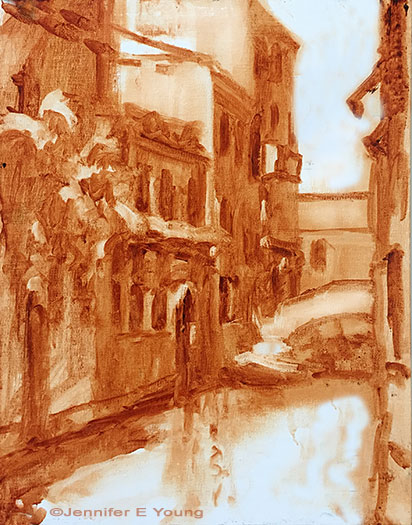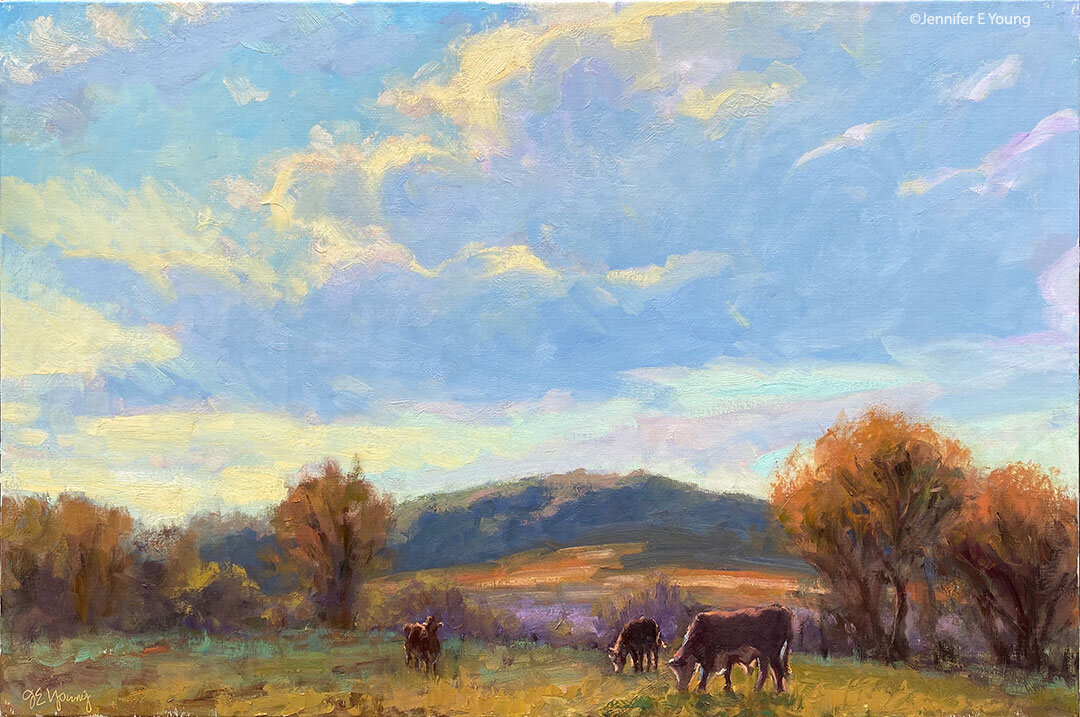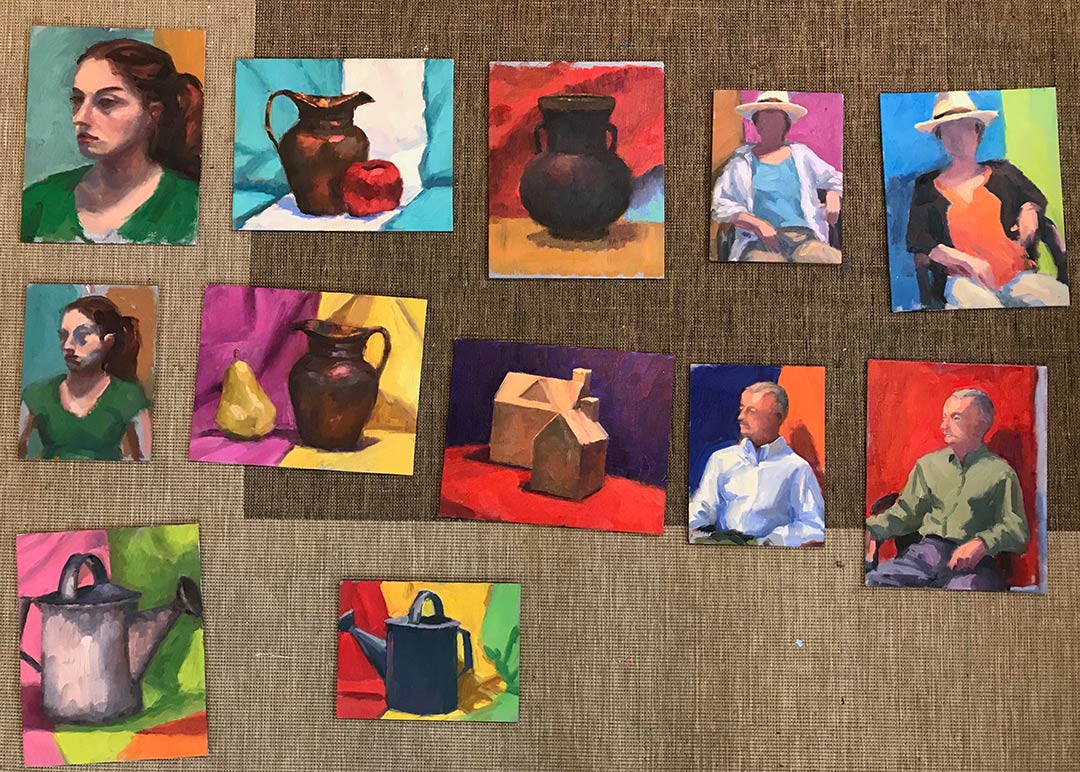Small but sweet; Ashland, VA
/I sometimes feel that painting really small can be just as challenging as painting really large. Because of the level of detail, this little piece has a slightly tighter handling than the one I posted last week. There was a time or two during my process where I questioned whether I should see this through, but I am glad now that I stuck with it. This painting features the former train station for RF&P Railroad in my home town, Ashland, VA.
"Autumn in Ashland," Oil on panel, 6x6"
While it's an iconic view of the town, it is also meaningful to me for another reason. I gaze upon this approximate view on a regular basis, because my temporary studio happens to be located very near by. Ashland is a small southern town that grew up around the railroad, so it has a pretty interesting history. In fact, while there is no longer a ticket counter at this location, the footprint of the interior has hasn't changed all that much, so it isn't hard to take a step back in time and imagine what things must have been like when rail was all the rage. Today, while the building now serves as the town's Visitor's Center, this train route on Railroad Ave. still sees a lot of action, and the location serves as a train stop for Amtrak commuters, both north and south.





















